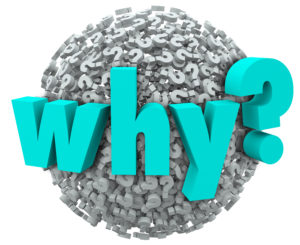Start By Being on Their Side

In his 30-second “elevator speech” introducing himself at our InfoConnect2 networking meeting, fellow member Cody Lents shared something I think blog content writers need to hear.
Most sales processes, Cody said, go as follows:
- Here’s what we have to offer….
- Here’s how it works…..
- Here’s how it can help you……
- What do you think?…..
In contrast to that features/benefits model, Cody’s message to a prospect runs more like this: “I understand you have some problems with ……. Let’s figure it out together.”
Cody’s words reminded me of a post I published six years ago, called “Business Blog Readers Need Content Writers to Get One Thing Straight”. Recommending anything, I reminded blog content writers, before you’ve demonstrated you’ve done your homework and that you understand the readers’ needs, well that is not likely to have them following any of your calls to action.
There’s just so much information out there for searchers to use, so many bloggers telling what they have to offer, how it works, and how they can help. What needs to come across loud and clear is that the business owners or practitioners understand the readers and those readers’ specific needs and problems.
Another aspect of putting ourselves in prospects’ shoes comes into play when our blog post is sharing industry and company or practice news and announcements. Readers must buy into the idea that this news is going to be important to them. In a way, the blog content writer is playing the role of an advisor, and people look to advisors for more than just information, even if the topic is highly relevant to their needs. Readers will be saying to themselves, “OK, I get it, but how does that news affect me?”
When it comes right down to it, the whole blog marketing thing is not really about search engine optimization, although that may be one motivating factor for starting a blog. What I believe it IS really about is providing those who find your site with a taste of what it would be like to have you working alongside them to help with their challenges and issues. (That’s true whether the business owner or practitioner is writing his or her own blog posts or working with professional content writers at Say It For You.)
You’ve gotta start on their side!





Follow us online!